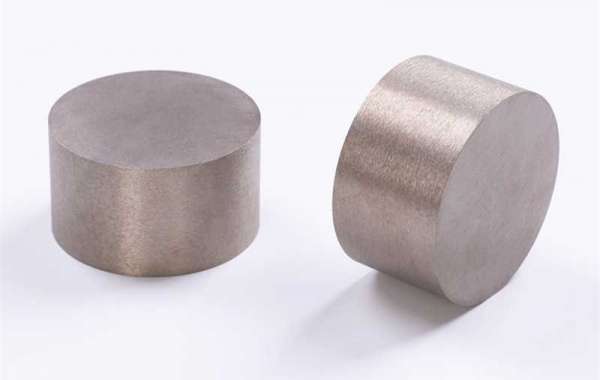Chapter One – What is a Neodymium Magnet?
“A Neodymium (Nd-Fe-B) magnet is a common rare earth magnet composed of neodymium (Nd), iron (Fe), boron (B), and transition metals. They have superior performance in applications because of their strong magnetic field, which is 1.4 teslas (T), a unit of magnetic induction or flux density.
“Strong Neodymium Magnets are categorized by how they are manufactured, which is sintered or bonded. They have become the most widely used of magnets since their development in 1984.
“In its natural state, neodymium is ferromagnetic and can only be magnetized at extremely low temperatures. When it is combined with other metals, such as iron, it can be magnetized at room temperature.
“The two types of rare earth magnets are neodymium and samarium cobalt. Prior to the discovery of neodymium magnets, samarium cobalt magnets were the most commonly used but were replaced by neodymium magnets due to the expense of manufacturing samarium cobalt magnets.
Chapter Two – What are the Properties of a Neodymium Magnet?
“The main characteristic of neodymium magnets is how strong they are for their size. The magnetic field of a neodymium magnet occurs when a magnetic field is applied to it and the atomic dipoles align, which is the magnetic hysteresis loop. When the magnetic field is removed, part of the alignment remains in the magnetized neodymium.
“The grades of neodymium magnets indicate their magnetic strength. The higher the grade number, the stronger is the magnet’s power. The numbers come from their properties expressed as mega gauss Oersteds or MGOe, which is the strongest point of its BH Curve.
“The ‘N’ grading scale begins at N30 and goes to N52, though N52 magnets are seldom used or only used in special cases. The “N” number may be followed by two letters, such as SH, which indicate the magnet’s coercivity (Hc). The higher the Hc, the higher the temperature the neo magnet can endure before it loses its output…
The Properties of Neodymium Magnets
Remanence:
“When neodymium is placed in a magnetic field, the atomic dipoles align. After being removed from the field, a portion of the alignment remains creating magnetized neodymium. Remanence is the flux density that remains when the external field returns from a value of saturation to zero, which is the residual magnetization. The higher the remanence, the higher the flux density. Neodymium magnets have a flux density of 1.0 to 1.4 T.
“The remanence of neodymium magnets varies depending on how they are made. Sintered neodymium magnets have a T of 1.0 to 1.4. Bonded neodymium magnets have a 0.6 to 0.7 T.
Coercivity:
“After neodymium is magnetized, it does not return to zero magnetization. To get it back to zero magnetization, it has to be driven back by a field in the opposite direction, which is called coercivity. This property of a magnet is its ability to withstand the influence of an external magnetic force without being demagnetized. Coercivity is the measure of the intensity needed from a magnetic field to reduce the magnetization of a magnet back to zero or the resistance of a magnet to be demagnetized.
“Coercivity is measured in oersted or ampere units labeled as Hc. The coercivity of neodymium magnets depends on how they are manufactured. Sintered neodymium magnets have a coercivity of 750 Hc to 2000 Hc, while bonded neodymium magnets have a coercivity of 600 Hc to 1200 Hc.
Energy Product:
“The density of the magnetic energy is characterized by the maximum value of flux density times the magnetic field strength, which is the amount of magnetic flux per unit surface area. The units are measured in teslas for SI units and its Gauss with the symbol for flux density being B. Magnetic flux density is the sum of the external magnetic field H and the magnetic body magnetic polarization J in SI units.
“Permanent magnets have a B field in their core and surroundings. The direction of the B field’s strength is attributed to the points inside and outside the magnet. A compass needle in a B field of a magnet points itself toward the field direction.
“There is no simple way to calculate flux density of magnetic shapes. There are computer programs that can make the calculation. Simple formulas can be used for less complex geometries.
“The intensity of a magnetic field is measured in Gauss or Teslas and is the common measurement of a magnet’s strength, which is a measure of the density of its magnetic field. A gauss meter is used to measure a magnet’s flux density. The flux density for a neodymium magnet is 6000 Gauss or less because it has a straight line demagnetization curve.
As an professional neodymium magnet manufacturer, we will provide the reasonable Ndfeb Magnet Price, Welcome to consult.








